Um Ihnen ein optimales Erlebnis zu bieten, verwenden wir Technologien wie Cookies, um Geräteinformationen zu speichern und/oder darauf zuzugreifen. Wenn Sie diesen Technologien zustimmen, können wir Daten wie das Surfverhalten oder eindeutige IDs auf dieser Website verarbeiten. Wenn Sie Ihre Einwillligung nicht erteilen oder zurückziehen, können bestimmte Merkmale und Funktionen beeinträchtigt werden.
Die technische Speicherung oder der Zugang ist unbedingt erforderlich für den rechtmäßigen Zweck, die Nutzung eines bestimmten Dienstes zu ermöglichen, der vom Teilnehmer oder Nutzer ausdrücklich gewünscht wird, oder für den alleinigen Zweck, die Übertragung einer Nachricht über ein elektronisches Kommunikationsnetz durchzuführen.
Die technische Speicherung oder der Zugriff ist für den rechtmäßigen Zweck der Speicherung von Präferenzen erforderlich, die nicht vom Abonnenten oder Benutzer angefordert wurden.
Die technische Speicherung oder der Zugriff, der ausschließlich zu statistischen Zwecken erfolgt.
Die technische Speicherung oder der Zugriff, der ausschließlich zu anonymen statistischen Zwecken verwendet wird. Ohne eine Vorladung, die freiwillige Zustimmung deines Internetdienstanbieters oder zusätzliche Aufzeichnungen von Dritten können die zu diesem Zweck gespeicherten oder abgerufenen Informationen allein in der Regel nicht dazu verwendet werden, dich zu identifizieren.
Die technische Speicherung oder der Zugriff ist erforderlich, um Nutzerprofile zu erstellen, um Werbung zu versenden oder um den Nutzer auf einer Website oder über mehrere Websites hinweg zu ähnlichen Marketingzwecken zu verfolgen.

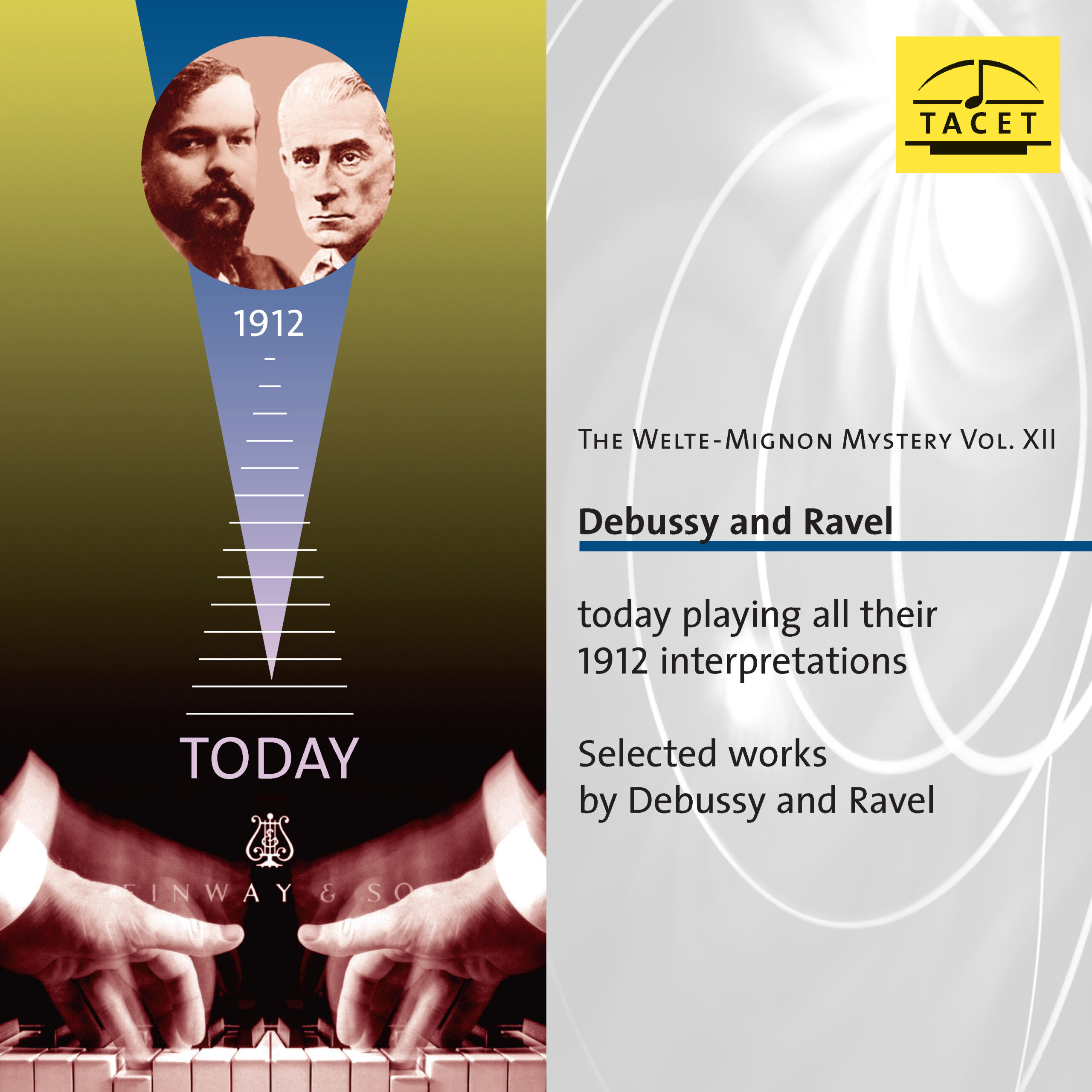
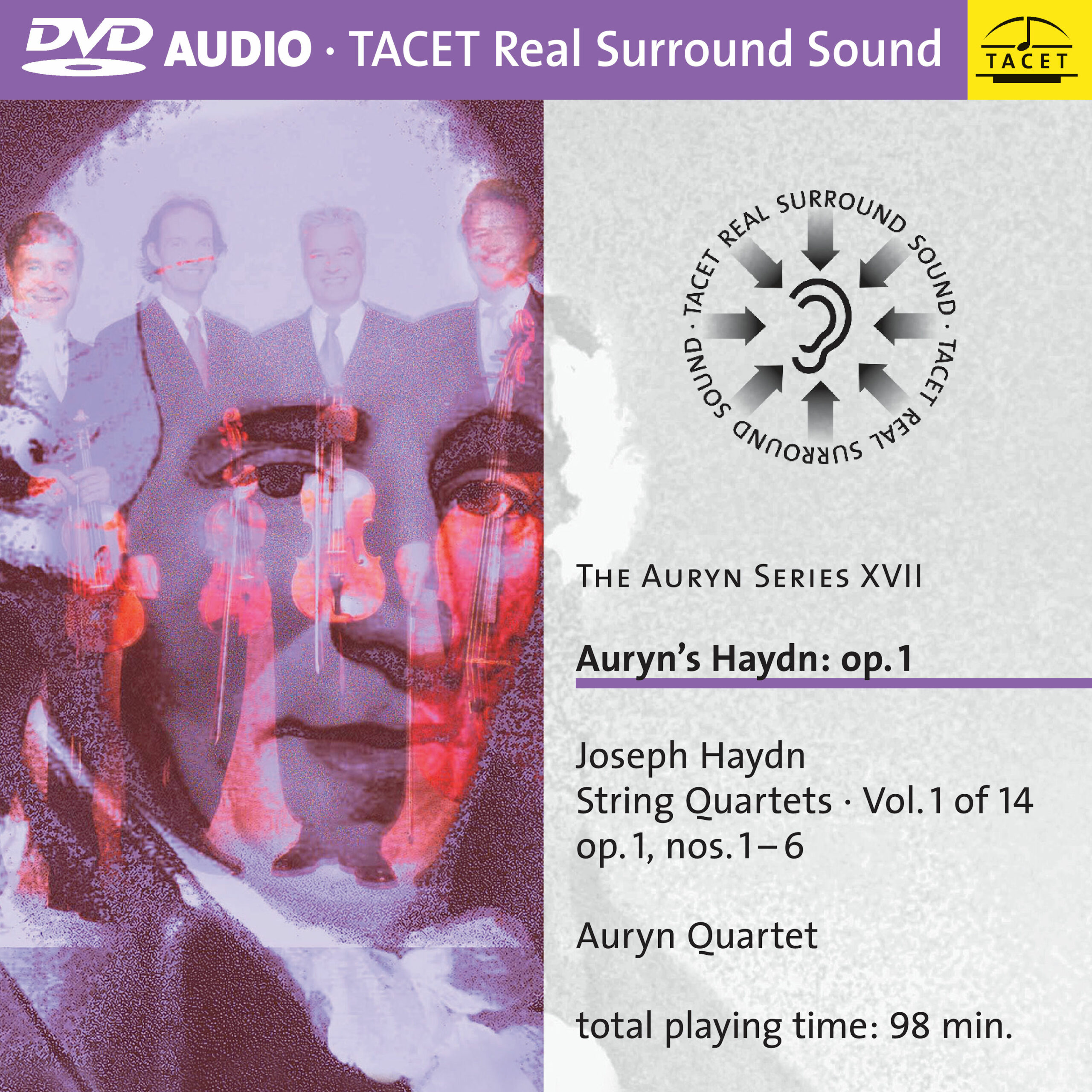
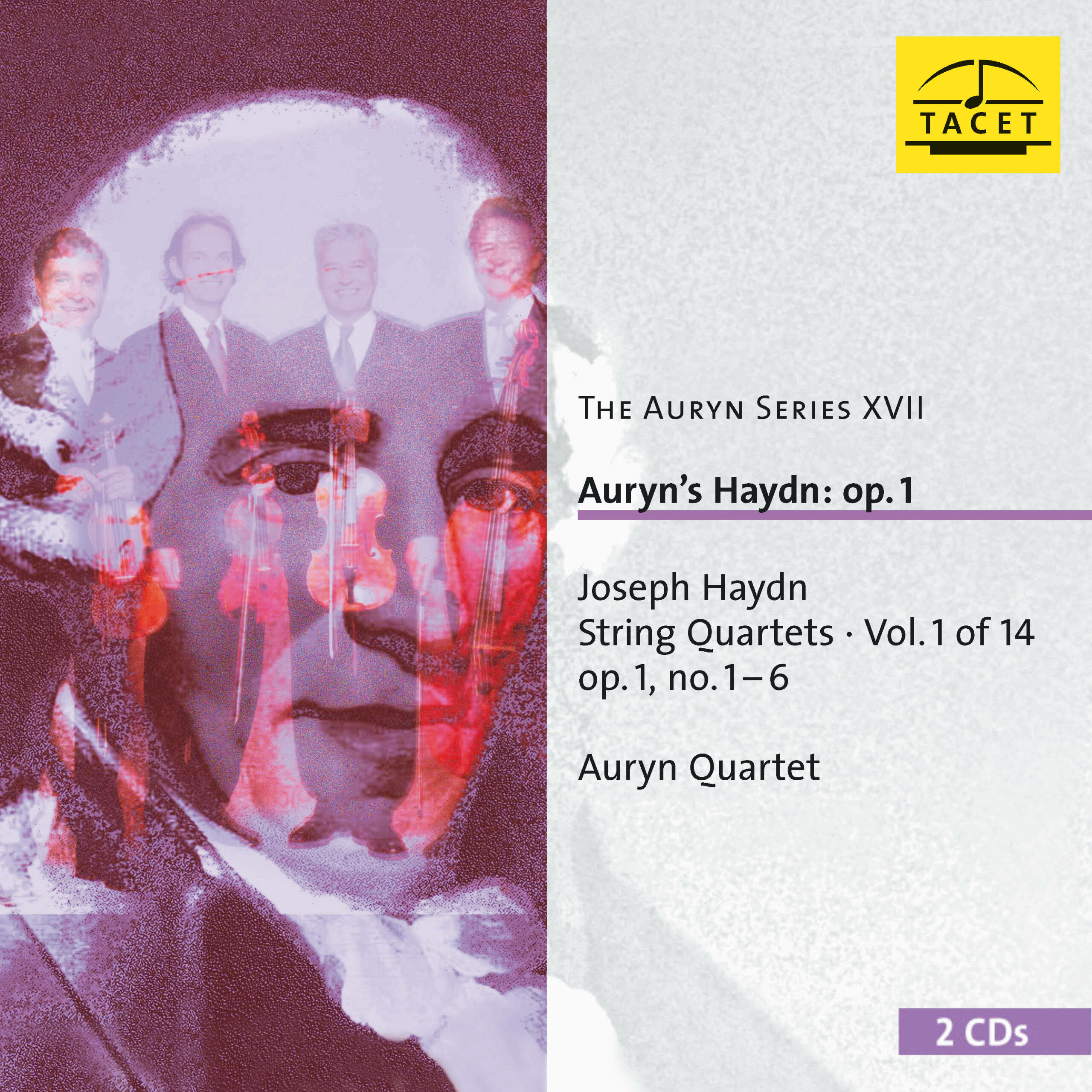
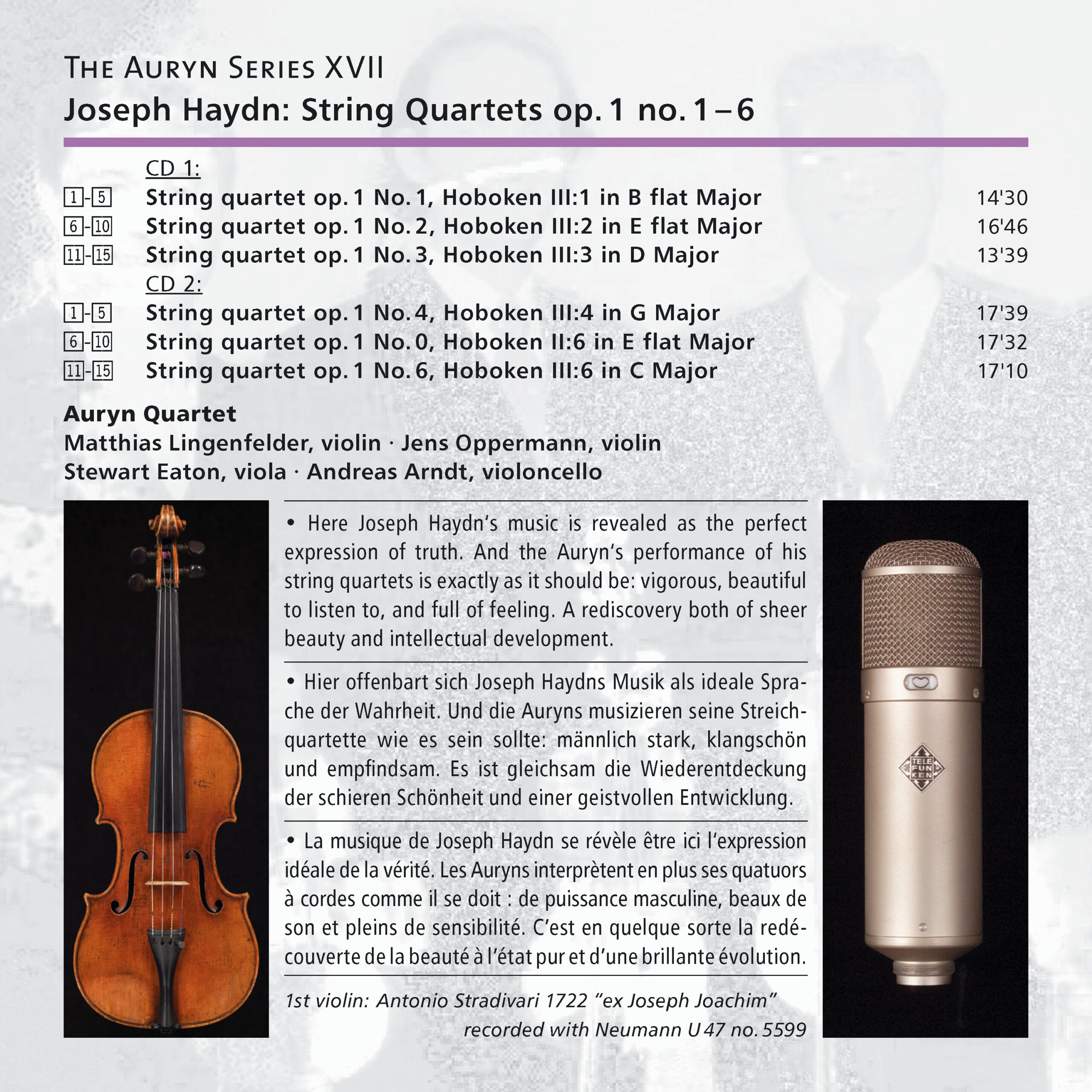


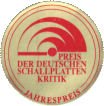
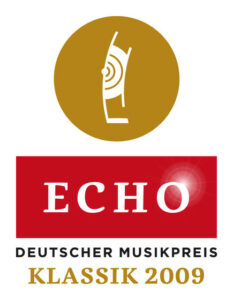


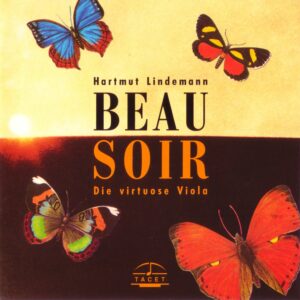
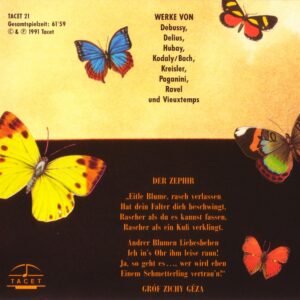

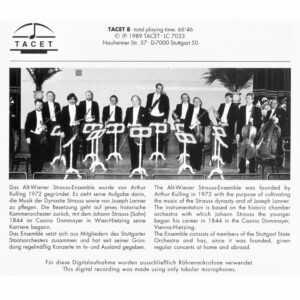
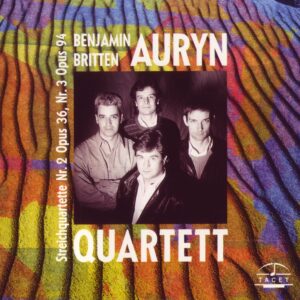
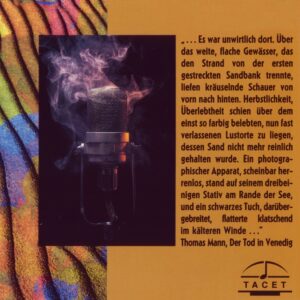
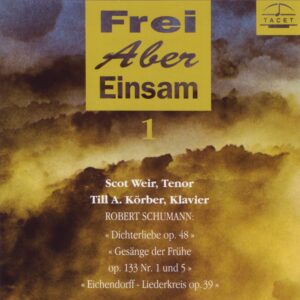
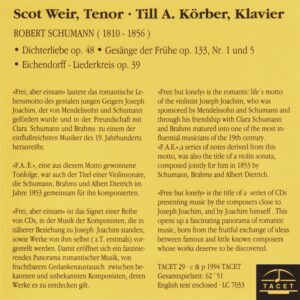
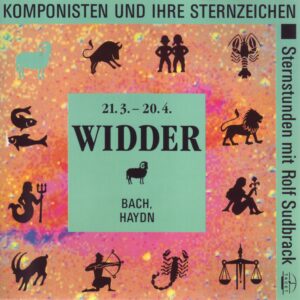
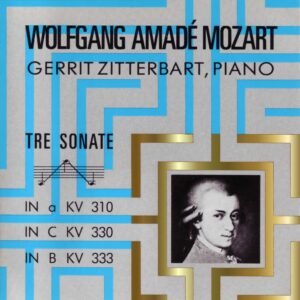
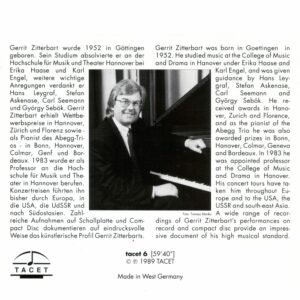
Preis der deutschen Schallplattenkritik –
Laudatio for the Award of the German Record Critics' Annual Prize to the Haydn Cycle by the Auryn Quartet
Joseph Haydn is considered the father of the string quartet genre. The Auryn Quartet recorded his nearly 70 string quartets over a two-year period: for the first time using the critically edited "purified" text, with esprit, lively emotion, and highly differentiated ensemble playing, all within a natural sound space: a small sensation. Such an undertaking requires a label that is not only technically state-of-the-art but also willing to take risks. The Stuttgart-based TACET Musikproduktion has distinguished itself several times through this very combination of skill and daring. Therefore, we award the Annual Prize to the Auryn Quartet and their producer/sound engineer Andreas Spreer for their epochal Haydn project, which is already assured a prominent place in the annals of sound recording.
(For the jury: Thomas Rübenacker)
Elbe-Jeetzel-Zeitung –
There is no way around Joseph Haydn when the string quartet, as a central genre of chamber music, comes into focus. Thanks to the Haydn anniversary, after a long hiatus, high-quality recordings of the quartets are being released again. The complete recording by the Auryn Quartet, well-known in Hitzacker and spanning 14 CDs, is developing into a reference recording. It stands out due to its exemplary balance, carefully articulated voices, tasteful handling of ornamented repetitions, and a pleasant accuracy. Haydn's mastery is revealed in each quartet—even the six-part Opus 1 makes one sit up and take notice. (...)
Ludolf Baucke
Classical WETA –
"(...) my choice (...) — the Auryn Quartet who are very promisingly working on their complete cycle (...)"
Jens F. Laurson
Klassik heute –
After the highly acclaimed Beethoven cycle, it's now Joseph Haydn’s turn. The complete recording of all 68 Haydn quartets will span 14 CDs. Fourteen recordings that, according to Matthias Lingenfelder of the Auryn Quartet in his CD introduction, will testify to “nothing less” than “the birth of the string quartet genre and the development of the musical language of the Western world.” The first volume includes the six quartets of Op. 1 – works that Haydn initially referred to as cassations, later as divertimenti a quattro. These pieces still embody the spirit of courtly entertainment music and, due to the undisputed leading role of the first violin, are largely characterized by a fluent and elegant tone. Nevertheless, the composer already unmistakably lays the foundation of the string quartet genre in them.
According to Haydn biographer Georg August Griesinger, the first quartets were occasional compositions written for Baron Fürnberg’s domestic music-making at Schloss Winzierl and for an ensemble available there. All six early works, which still present themselves rather modestly and at times charmingly unpretentious, are structured in five movements and are thus closely related to Haydn’s divertimenti for other instrumentations. Presto and Allegro outer movements, along with two minuets each, are symmetrically arranged around lyrical Adagio highlights. Yet already in Op. 1 No. 3, Haydn begins to vary this structure, clearly displaying a delight in experimentation: the quartet opens with an intimate Adagio and a beautifully shaped violin duet, eloquently performed by Matthias Lingenfelder and Jens Oppermann. Cantabile writing is the guiding principle throughout all movements of these quartet-divertimenti, which – in true Haydn fashion – are full of pointed nuances and surprising twists. Whether in the refined shifts between major and minor in the slow movements, the pizzicati in the first minuet of Op. 1 No. 1 and the Adagio of Op. 1 No. 2, the subtle echo effects in the first movement and minuet of Op. 1 No. 4, or the beguiling violin line over sparsely placed pizzicati on the downbeat in the Adagio of the sixth quartet – the Auryn Quartet draws out every nuance of these works with controlled yet vibrant and joyful playing. Nothing about their agile, precise interpretation comes across as merely charming or elegant. The nuances in tempo, dynamics, and phrasing are decisively chosen and always make musical sense. Most impressively, the ensemble superbly conveys the character differences of each movement through rhythmic clarity and carefully selected tonal colors: the often exuberant nature of the opening movements, the consistently sophisticated playfulness of the finales, and the mixture of delicacy and robustness in the minuets. In a class of its own, finally, is the expressive musical rhetoric the quartet achieves in the sensitive Adagios.
Undoubtedly, a highly promising start that signals an exceptional command of Haydn’s music—comparable to the mastery the Auryn Quartet demonstrated in its Beethoven cycle.
Christof Jetzschke
Rheinische Post –
In his anniversary year, Joseph Haydn—who died 200 years ago—is being celebrated above all for his musical creation of the world in his oratorio The Creation. Yet it would be far more fitting to honor him as the inventor of the string quartet. In this genre, Haydn brought Goethe’s idea to life—that in a string quartet, one hears “four reasonable people conversing with one another.” For fifty years, as the grand master of the form, he explored techniques of musical communication from the violin down to the cello, refined them, seasoned them with wit—and at times, even tossed them aside altogether.
How it all began with Haydn is demonstrated by the Auryn Quartet in the first installment of a new complete edition – with the string quartets Op. 1 Nos. 1–6. The Auryns play with wonderful stylistic assurance, nobility, refinement, and flexibility, but also with a courageous boldness that doesn't assume every fortissimo might immediately endanger the music.
Wolfram Goertz
Ensemble –
With this double CD, the Auryn Quartet launches one of the most ambitious Haydn projects of the current Haydn year: the recording of all his string quartets. Long familiar with Haydn’s quartet artistry—and having only recently completed a full recording of all Beethoven quartets—the ensemble is ideally equipped for this task, which involves nothing less than retracing the interpretative development of the classical string quartet. The first volume features Haydn’s earliest quartet compositions, still rooted in the divertimento tradition and comparatively simply structured. The musicians of the Auryn Quartet approach these works with spirited enthusiasm, though never slipping into a coarse or overly folksy style. Ensemble playing and articulation meet the highest standards, while tempo and phrasing remain tasteful and restrained. Art and entertainment are thus held in perfect balance, and all of this combined makes one eager for the continuation of this remarkable project.
Robert Nemecek
KulturSPIEGEL –
Gipfelsturm in Harmonie
After a quarter of a century together, the Auryn Quartet is venturing into the works of Joseph Haydn.
What is Olympus? An icy peak for the gods, lofty and inaccessible? The Auryn Quartet should be artistically familiar with such regions. Beethoven, Mendelssohn, Schumann, as well as Schoenberg and contemporary composers, are part of the repertoire for these four gentlemen, who have been performing together since 1981. But where they are heading now, neither chasms of dissonance nor avalanches of chords loom: Their Olympus is the profoundly human quartets of Joseph Haydn. Admittedly, a proud total of 68 pieces, but it was in them that the genre was truly founded. Even the composer Ferdinand Hiller read a Haydn quartet daily as a "delightful morning blessing" around 1877. It is only logical, then, that the ensemble is now returning to the origin: In 14 installments, mostly released monthly, all the works of the patriarch of classical music, who died 200 years ago, are to be released by early 2010. The first two boxes alone, with their liveliness, relegate even respectable competition, such as the Hungarian Kodály Quartet, to the sidelines—ambrosia and a devilish delight in one, so to speak.
JOHANNES SALTZWEDEL
Deutschlandfunk, Die neue Platte –
Looking back, one might be tempted to label works as seemingly simple in construction as Haydn’s Op. 1 “conventional.” But in this case, that would be more than unjust: for what sounds so familiar here does not sound familiar because it follows old models, but because it itself becomes a model. At most, it is the five-movement structure that could be called conventional—typically with fast outer movements, two minuets in between, and a slow movement at the center. But what Haydn did with the four string instruments within the movements was, for his contemporaries, simply unheard of: styles were mixed, the cheerful was suddenly juxtaposed with the melancholic, the music unfolded like a casual conversation. And for the sake of a beautiful, luminous sound, the voices were frequently doubled: the violins mostly play together—and so do viola and cello. A small revolution, which did not go unnoticed by attentive contemporaries such as the critic Ernst Ludwig Gerber. In 1790, he wrote in his Lexikon der Tonkünstler: “Even Haydn’s first quartets caused a general sensation. On the one hand, people laughed and were delighted by the extraordinary naivety and liveliness; in other circles, they cried out over the degradation of music into comic trifles and unheard-of octaves.”
Ideally, one would want to leave these wonderful divertimenti suspended in their historical in-between state: somewhere on the path toward the classical string quartet, but not quite there yet. However, if one had to make a decision, one might well follow the example set by the Auryn Quartet. In their 14-volume project of recording Haydn’s complete string quartets—boldly titled Auryn’s Haydn on the cover of the double CD—they begin with the Opus 1 collection. From this starting point, the listener is invited to trace the journey for themselves—all the way to Haydn’s exemplary refinement and eventual elevation of the genre.
In over 25 years—without a single change in personnel—the ensemble has long since developed into a distinctive and internationally acclaimed brand. Characteristic of the Auryn Quartet is their inventiveness and willingness to experiment when it comes to building a repertoire that reaches well into contemporary music, along with their ambition for complete cycles: of Beethoven, for instance, as well as Schumann, Schubert, and Brahms—and now, of course, Haydn. Equally characteristic is their playing itself, which fully embodies the ideal of a great modern string quartet: in the precision of execution, the balance of sound, the clarity of individual voices, the finely nuanced and meticulously controlled dynamics—and, above all, in their dialogic, conversation-like collaboration.
Much of the ideal of a modern string quartet—of a quartet ensemble—is realized in this new recording: the Auryns play with a light touch and keen ears, shading the sound even into the deep bass tones, yet never burdening the delicate music. The ensemble moves with a springy, tiptoe-like lightness, effortlessly bringing the often lyrical melodies in the central movements to sing with sustained breath, and lending even the simplest accompanying figures a natural vitality. Yet it is surprising that such an innovative ensemble does not fully embrace the implications of so-called historical performance practice: while repetitions in slow movements are occasionally adorned with ornamentation, vibrato is used as it should be—as a subtle effect, not a constant state—and phrasing is more finely detailed than it might have been with a comparably good ensemble 30 or 40 years ago. Still, the overall approach is that of a great, modern quartet playing what is, after all, a somewhat modest-sized repertoire.
The recording technique is accordingly designed: aiming with considerable success for brilliance and spaciousness, but entirely guided by the acoustics of a modern concert hall—not by the vision of how this music might have sounded 250 years ago, when it was composed as domestic music for amateurs: surely more intimate, delicate, and much closer to the listener. Thus, the string quartet—“this highest instrumental genre in the private sphere,” as musicologist Ludwig Finscher once called it—is, even in this early moment of its birth, made fit by the Auryns and their sound engineer Andreas Spreer for the large “musical public” that, however, only began to slowly establish itself much later, toward the end of Haydn’s life. (…)
Raoul Mörchen
Hessischer Rundfunk, Klassik-Zeit –
The Auryn Quartet is starting a new series of quartet recordings: the musicians plan to record all the string quartets by Joseph Haydn—at least those that scholarship can confirm were truly composed by Haydn. Since no manuscripts of the earliest quartets have survived, and publishers in Haydn’s time were not exactly scrupulous, there is some uncertainty about whether Haydn is really the composer of certain works. The Auryns have just released the first CD in the new series on the label Tacet: the complete Opus 1—six quartets in total. They date from the 1760s and were not originally conceived as a cycle; rather, the collection was assembled by a publisher.
Let’s have the Auryns start right from the very beginning: here is the first movement from Opus One, Number One! (Recording)
The Auryn Quartet plays with a strong bow and plenty of energy—even in the delicate, very soft passages. This sounds refreshing and lively: a sense of alertness that works wonders especially in Haydn’s minuet and trio movements. For in those, Haydn sometimes took a rather conservative approach. With a bit of flexibility in interpretation, it quickly becomes clear how colorful these movements can be. The following movement from the same B-flat major quartet can be started in a terribly academic way. But the staid, German-style minuet can also be played with great fluidity—and the trio taken playfully. (Recording)
The exact opposite of the casual glissandi from the previous movement: lively flicks and crisply played runs, all delivered with a cheerfulness more commonly associated with Mendelssohn.
On hr2-kultur, you’ll hear music by Joseph Haydn performed by the Auryn Quartet. With the six string quartets of Op. 1, the four musicians have released their first album in a newly begun Haydn cycle. For their selection, the quartet relies on the “latest research”—and instead of the B-flat major Quartet Op. 1 No. 5, which is a variation of a symphony, they have included a different work: heard as “Op. 1, No. 0” is a piece that Anthony van Hoboken once listed as a “Divertimento”—an E-flat major quartet. Here are two movements from it, somewhat broader and more lyrical than the preceding excerpts: Minuet and Adagio. (Recording)
This is how string quartets are meant to be: lively, richly varied, with emotional contrasts that still hold together—all played—seemingly—without any effort. For behind all these nuances lies a great deal of hard work that you simply don’t hear in these recordings.
Christiane Schiemann
Die Zeit –
ZEIT staff recommend CDs, DVDs, and music books:
“Age’s audacity — complete mastery of the means,” wrote the poet Rühmkorf about Haydn. Here you can hear exactly what he meant.
Mirko Weber
Stuttgarter Zeitung –
"Notenbank Extra": the CD gift recommendations from the StZ music critics
This calls for getting up quickly—so fresh and bold are the fabulous Auryns in their performance of Haydn’s early string quartets. A truly spirited pick-me-up.
Sächsische Zeitung Dresden –
(…) With the classical composer’s 200th anniversary in mind, the Auryn Quartet is now launching its complete edition on TACET, planned as a series of 14 volumes with refined sound quality. Already with the early works from 1762, Lingenfelder & Co. boldly sweep away the Romantic-era cliché that Haydn is dry and boring.
Conclusion: Haydn fresh, witty, and masculine.
Jens-Uwe Sommerschuh